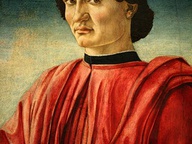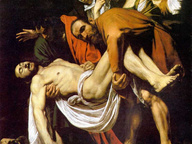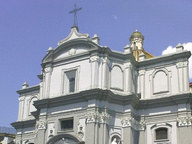Kishio Suga. Situations
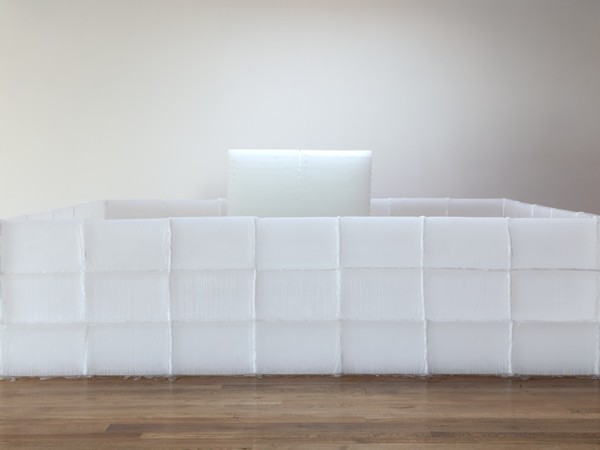
© Kishio Suga / Blum & Poe, Los Angeles-New York-Tokyo / Ph. Joshua White | Kishio Suga, Parallel Strata (Heiretsusō), 1969/2012. Paraffina 132,1x358,1x242,6 cm. Veduta dell’installazione, Blum & Poe, Los Angeles, 2012
From 29 Settembre 2016 to 05 Febbraio 2017
Milan
Place: Pirelli HangarBicocca
Address: via Chiese 2
Times: Thursday to Sunday 10am-10pm
Responsibles: Yuko Hasegawa, Vicente Todolí
Organizers:
- Con il supporto di Japan Foundation
Ticket price: free entrance
Telefono per informazioni: +39 02 66 11 15 73
E-Mail info: info@hangarbicocca.org
Official site: http://www.hangarbicocca.org
“Situations” is the first European retrospective dedicated to Kishio Suga (b. 1944 in Morioka, Japan). For the first time in the career of this pivotal figure in contemporary Japanese art, over twenty of his installations, dating from 1969 to the present, are shown together in the Navate space.
Kishio Suga was among the prime movers of Mono-ha, an artistic group born in the late 1960s. He began showing his work at a time of great cultural ferment in Japan and international experimentation, marked by movements like Postminimalism and Land Art in the United States and Arte Povera in Italy. In 1978, Suga was chosen to represent his Country at the Venice Biennale, introducing the West to an artistic language in which the investigation of materials and space is rooted in a deep affinity to nature and the environment.
“Situations” brings together a series of pieces the artist has adapted to the industrial architecture of Pirelli HangarBicocca. Forging an intense relationship with the vast spaces of the Navate, it unfolds along a single path that balances lightness and gravity, linearity and tension, solidity and intangibility. In keeping with his practice, Suga’s works are presented here as temporary projects which exist for the duration of the show, site-specific in both a spatial and temporal sense.
The exhibition highlights the common threads and experimental nature of the artist’s oeuvre, presenting a landscape of organic and industrial elements—iron, zinc, wood, stone, and paraffin—materials which he often finds on site. At Pirelli HangarBicocca, the pieces therefore take on new qualities and characteristics that differ from previous versions.
«I constructed installation pieces, a format that has become quite common today, inside galleries. I bring a variety of things into the gallery, arranging them and giving them structure so that they occupy the entire space. The installations are never permanent and can be quickly disassembled or demolished. One might say that I create temporary worlds.» (Kishio Suga, The Conditions Surrounding an Act, 2009)
After graduating from the painting department of Tama Art University in Tokyo in 1968 and working as a studio assistant for American artist Sam Francis, Kishio Suga began making and showing his work at a time of great artistic ferment in Japan. The years between 1969 and 1972 witnessed the emergence and growth of Mono-ha, a movement that also included Kōji Enokura, Noriyuki Haraguchi, Shingo Honda, Susumu Koshimizu, Lee Ufan, Katsushiko Narita, Nobuo Sekine, Noburu Takayama, and Katsuro Yoshida. Although the term Mono-ha literally translates as “School of Things,” the artists were neither an organized group, nor were their individual practices exclusively focused on things or objects. Their diverse work was united by the choice to use simple materials (both natural and industrially manufactured) as a means to explore the relationships between the individual, matter and surrounding space. Their works were often the result of direct, interactive actions, such as suspending, dropping, breaking and stacking. Mono-ha is therefore centered on both the material properties and the performative dimension of the artwork. These thematic and formal aspects can be seen as having a resonance with the Italian movement of Arte Povera.
Selected Exhibitions Kishio Suga (b. 1944 in Morioka, Japan) lives and works in Ito, Japan. He has been exhibiting his work since the late 1960s. In recent years his work has been shown at many institutions around the world, including the Museum of Contemporary Art, Tokyo (2015); the Jewish Museum, New York (2014); Punta della Dogana, Venice and The Warehouse, Dallas (2013); and the Museum of Modern Art, New York (2012). In 2000 he took part in the 3rd Gwangju Biennale and in 1978 he represented Japan at the 38th Venice Biennale.
SCARICA IL COMUNICATO IN PDF
COMMENTI

-
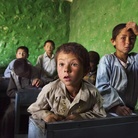 Dal 20 dicembre 2024 al 04 maggio 2025
Fermo | Palazzo dei Priori
Dal 20 dicembre 2024 al 04 maggio 2025
Fermo | Palazzo dei Priori
-
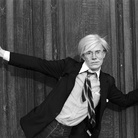 Dal 20 dicembre 2024 al 04 maggio 2024
Gorizia | Palazzo Attems Petzenstein
Dal 20 dicembre 2024 al 04 maggio 2024
Gorizia | Palazzo Attems Petzenstein
-
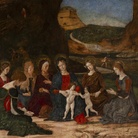 Dal 18 dicembre 2024 al 18 dicembre 2024
Venezia | Museo Correr
Dal 18 dicembre 2024 al 18 dicembre 2024
Venezia | Museo Correr
-
 Dal 14 dicembre 2024 al 02 marzo 2025
Palermo | Palazzo Abatellis
Dal 14 dicembre 2024 al 02 marzo 2025
Palermo | Palazzo Abatellis
-
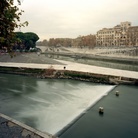 Dal 12 dicembre 2024 al 23 febbraio 2025
Roma | Palazzo Altemps
Dal 12 dicembre 2024 al 23 febbraio 2025
Roma | Palazzo Altemps
-
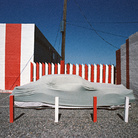 Dal 13 dicembre 2024 al 31 agosto 2025
Roma | Museo dell'Ara Pacis
Dal 13 dicembre 2024 al 31 agosto 2025
Roma | Museo dell'Ara Pacis
